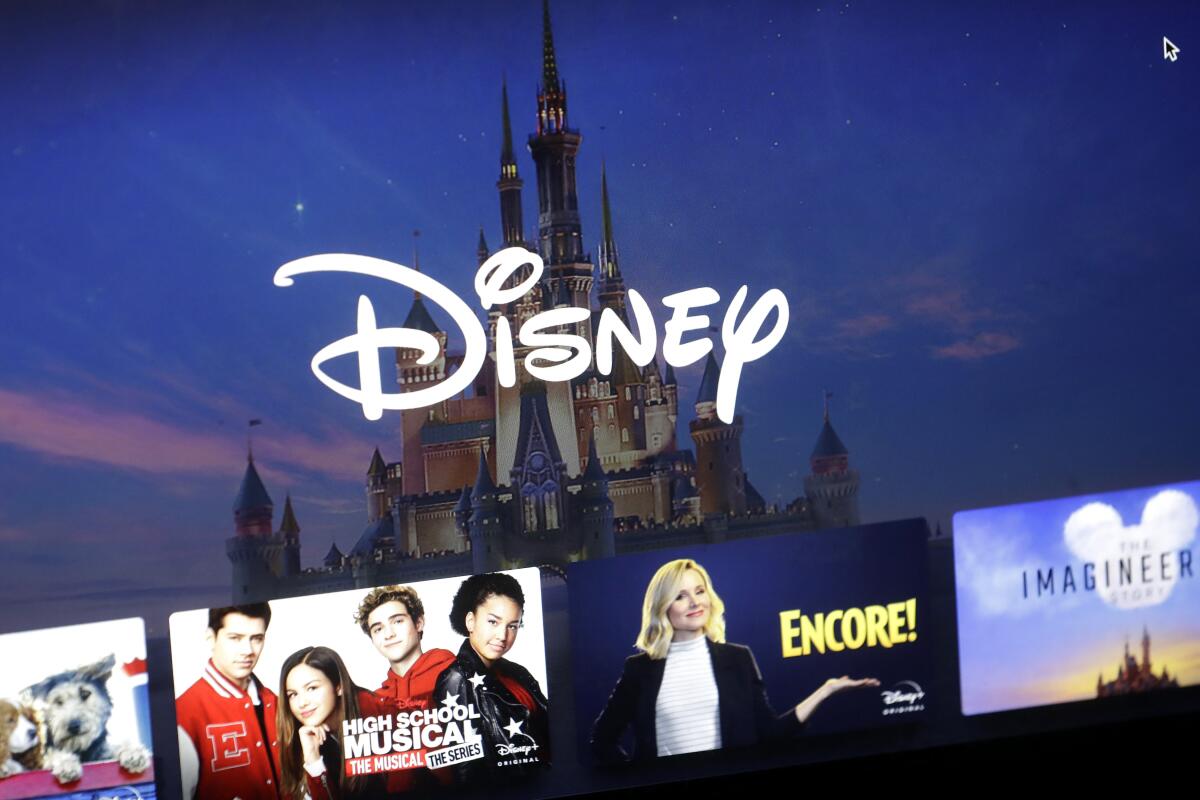After years of losses totaling billions of dollars, Walt Disney Co.’s streaming business has finally turned a profit. This momentous achievement comes amid a backdrop of challenges, particularly regarding the company's core parks unit, which has seen weakening demand. In a recent report, Disney revealed that its streaming services, including Disney+, Hulu, and ESPN+, generated approximately $6.4 billion in revenue for the fiscal third quarter, marking a 15% increase compared to the previous year.
This quarter also showcased a shift in financial fortunes, with the streaming division recording $47 million in operating income, a stark contrast to the $512 million loss reported in the same period last year. Notably, ESPN+ played a pivotal role in this profitability milestone, offsetting losses from Disney+ and Hulu, which faced an operating loss of $19 million.
Disney's Chief Executive Bob Iger expressed optimism during a conference call with analysts, stating, “What we’ve been seeing with streaming is significant success largely driven by the success of our creativity.” This enthusiasm is bolstered by the fact that the profitability milestone was reached one fiscal quarter earlier than expected. Iger's leadership has focused on aggressive cost-cutting measures and strategic partnerships, including a bundling deal with Warner Bros. Discovery that has contributed to reducing subscriber churn.

Despite these positive developments, investor sentiment has been mixed. Disney's shares fell 4.4% to $85.96, demonstrating concerns about the performance of its parks and experiences division, which has seen a decline in operating income. The division recently reported an operating income of $2.2 billion, down 3% from last year, indicating that while streaming is thriving, the parks unit is struggling to maintain momentum.
As Disney navigates these shifting dynamics, the company also faces increasing competition in the streaming space and theme park offerings. Future strategies will likely revolve around enhancing user experience and leveraging its vast content library to attract and retain subscribers, all while addressing the challenges posed by a changing economic landscape.




